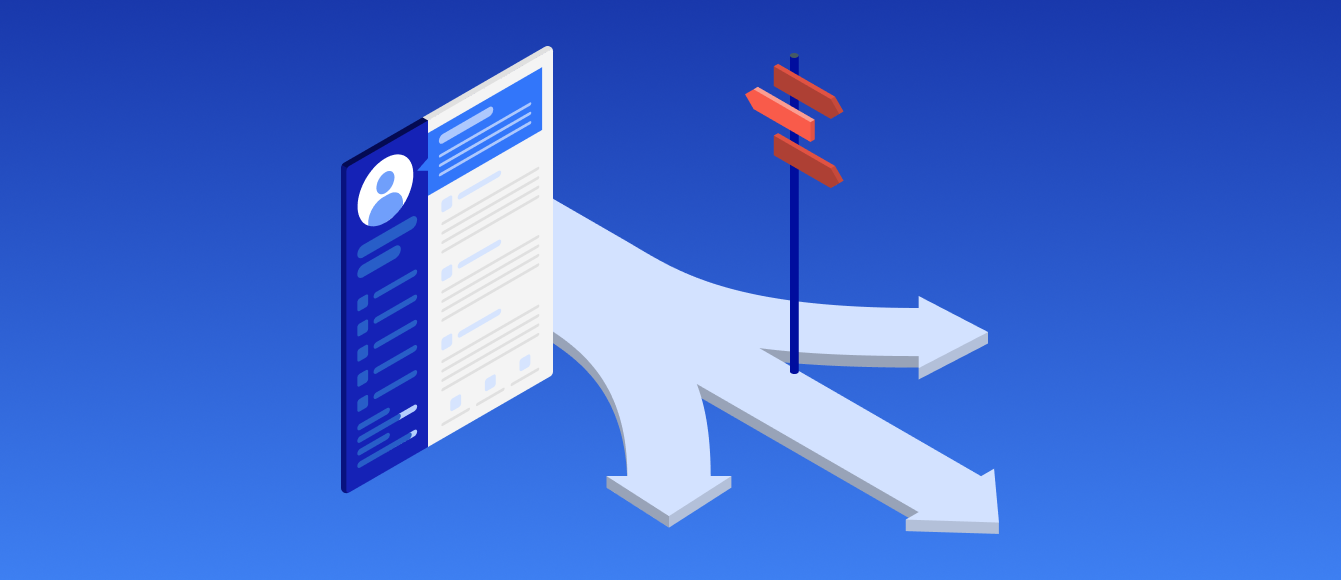The Top 3 Change Management Models



What change management processes can your company utilize to incorporate a change with ease?
Even if you have been in business for only a year, you already know how difficult it can be to implement change. It can be frustrating to see that not everyone is on board with the idea of change.
You’ll meet people who are resistant to change, who are emotional or who simply do not show enough motivation to change.
Such behavior is normal in organizations that are trying to implement a change. Change management gurus in the past have studied how different people in a company conduct themselves during change management and how to align everyone in the same direction. Thanks to them, change management is far easier now than it was way back in the day.
This article will discuss the three commonly used change management models: The ADKAR Model for Change Management, Lewin’s Model, and Kotter’s Change Management Model.
ADKAR Change Management Model
ADKAR is an acronym that stands for
- Awareness
- Desire
- Knowledge
- Ability
- Reinforcement
What makes the ADKAR model special? The change management model is keeping the people who are likely to be affected by the change in mind, since it is them who can make or break the change. Initially, there will be resistance, fear, and anger. But the ADKAR Model has a solution to it.
The first step of this model involves raising awareness regarding the reasons why it needs to change and what will happen if the organization doesn’t change.
The second step is to create a desire for change among staff by explaining the benefits of change to them. For instance, a larger share of the market, which may result in higher salaries for everyone.
The third stage, Knowledge, involves training employees on the new processes and ways of working after the change takes place. For example, teaching them how to use new software.
The fourth stage, Ability, is related to the third stage, and it’s designed to ensure that the team actually has the ability to utilize the newly acquired knowledge in their day-to-day tasks.
Finally, the last stage, Reinforcement, involves reinforcing the new ways of working through ongoing engagement with employees. Leaders must evaluate how many people have adapted to the change, assist staff who may be going back to old patterns of working, and reward those who make a positive contribution towards the change.
One key thing to remember here is that in order to successfully implement a change through the ADKAR model, all the steps must be followed in sequential order. It all starts with awareness, then creating the desire for a change, then imparting knowledge to people, then ensuring that people have the ability to use that knowledge, and finally, reinforcing the change until it becomes the new norm.
KEY TAKEAWAYS
- Change management is not as simple as it sounds. Thus, companies should always use time-tested change models while incorporating a new change.
- The ADKAR Model for Change Management has five stages and is specifically designed keeping the human aspect of change in mind.
- Kotter’s Change Model has eight stages and some stages of this model are similar to ADKAR.
- Lewin’s Model has the least number of stages (Unfreeze, Change, and Refreeze), and it lacks the detail that ADKAR and Kotter’s Change Model have.
- Organizations should choose the change model that best suits their situation. Another option is to just take inspiration from all these models and create one's own hybrid change management.
Lewin’s Change Management Model
This change model is the brainchild of Kurt Lewin, a German-American psychologist who suggested a three-step process for managing change in an organization. The three steps of Lewin’s model are as follows: Unfreeze, Change, and Refreeze.
Now, when you hear the words ‘freeze’ and ‘unfreeze’, do you think of ice? If yes, then you’re absolutely on the right path. Lewin explained his model by comparing the change process to the melting of an ice block and giving it a different shape. Simply put, if you want to change the shape of an ice block from cubicle to cylindrical, you can melt the ice cube to turn it into a liquid form, put it in a cylindrical mold, and freeze it again.
In an organization, the Unfreeze stage refers to motivating people to change by explaining how the company’s present state is affecting progress and how change can help make things better. The second stage, Change, refers to incorporating new processes and working arrangements by logically explaining the benefits of the change to staff, modifying the core values and beliefs of the organization, and supporting employees whenever needed. And finally, in the Refreeze stage, the company reinforces the new processes and methodologies.
Let’s take Netflix as an example. In April 1998, Netflix initiated the Unfreeze process, as not all customers were happy with the pay-for-use model. Then, the streaming service giant introduced a new monthly subscription model. This model allowed customers to rent an unlimited number of DVDs for a fixed monthly price. This can be related to the Change stage of Lewin’s model. And finally, the Refreeze stage came into action. Netflix’s new model became the norm, and customers started watching multiple titles with no late fee for a fixed monthly price. Netflix uses a variation of this business model up to this day. The only difference is that instead of unlimited DVDs, customers can stream unlimited movies and shows online for a fixed monthly price.
Kotter's 8-Step Change Model
The final change management model, and the most complicated of all, is Kotter’s change model. This model consists of eight steps. Let’s discuss each step one by one.
Step 1: Create a sense of urgency
To create a sense of urgency, change leaders should convey the benefits of the proposed change along with the negative consequences. For instance, not enabling online orders as quickly as possible could result in lost revenue when the government imposes a lockdown.
Step 2: Build a powerful coalition
This step is about gaining the support of influential people in the organization who have the power to initiate the change process.
Step 3: Develop a strategic vision
At this stage, there is no room for rough ideas. It is essential to create a robust strategic vision and to define the values that are important to execute change.
Step 4: Communicate the vision
Everyone on the team should be aware of the common vision that the organization is working towards. Employees have to answer lots of emails and deal with work-related communications daily. Thus, it’s essential to communicate the common vision of the change frequently to ensure that it's not forgotten.
Step 5: Enable action by removing obstacles
At this stage, it is important to identify risks, and barriers, and address them. People who are resistant to change should also be spoken to and one should address their objections.
Step 6: Generating short-term wins
Wins are essential for morale. Celebrating short-term victories frequently will motivate the team to put their best foot forward and enjoy more success in the future.
Step 7: Sustain change acceleration
This step is similar to the previous step. By the time a change reaches this stage, most employees are already giving their best. At this stage, the leader’s job is to sustain this progress and take the change to the next level.
Step 8: Institute change
This is the stage at which the proposed change is truly incorporated. More success stories should be shared with the team and results should be tracked. Also, people who contributed towards the change should be rewarded.
Which Change Management Model Is the Best?
Let us now analyze all three change management models and pick the one that is likely to bring success.
As you can see, Kotter’s Model is very detailed and has the most number of stages. However, with so many moving parts, things may get chaotic at some point. Also, some stages of Kotter’s Model can be related to the simpler 5-Step ADKAR Model. For instance, Kotter’s “creating a sense of urgency” stage similar to ADKAR's Awareness stage. On the other hand, Lewin’s model may be very quick and abrupt in bringing a change. If the ‘unfreezing’ and ‘refreezing’ happens too soon, it may overwhelm employees.
So, which model should you choose in your organization? First, you should know that it’s okay to use all these models as a reference instead of completely relying on them. You could take inspiration from all the change models and create your own process that suits your situation. The alternative option would be to go by the bookand pick one frameworkand be completely reliant on it.
It seems like the ADKAR Model has the right amount of simplicity as well as detail. But that doesn’t mean that other models don’t work. Ultimately, the choice is yours. But all the relevant information in this article should be enough to get you started, at least. Then, you can eventually move on to the nitty-gritty of bringing a change in your organization with the help of a change management consultant.
on a weekly basis.

